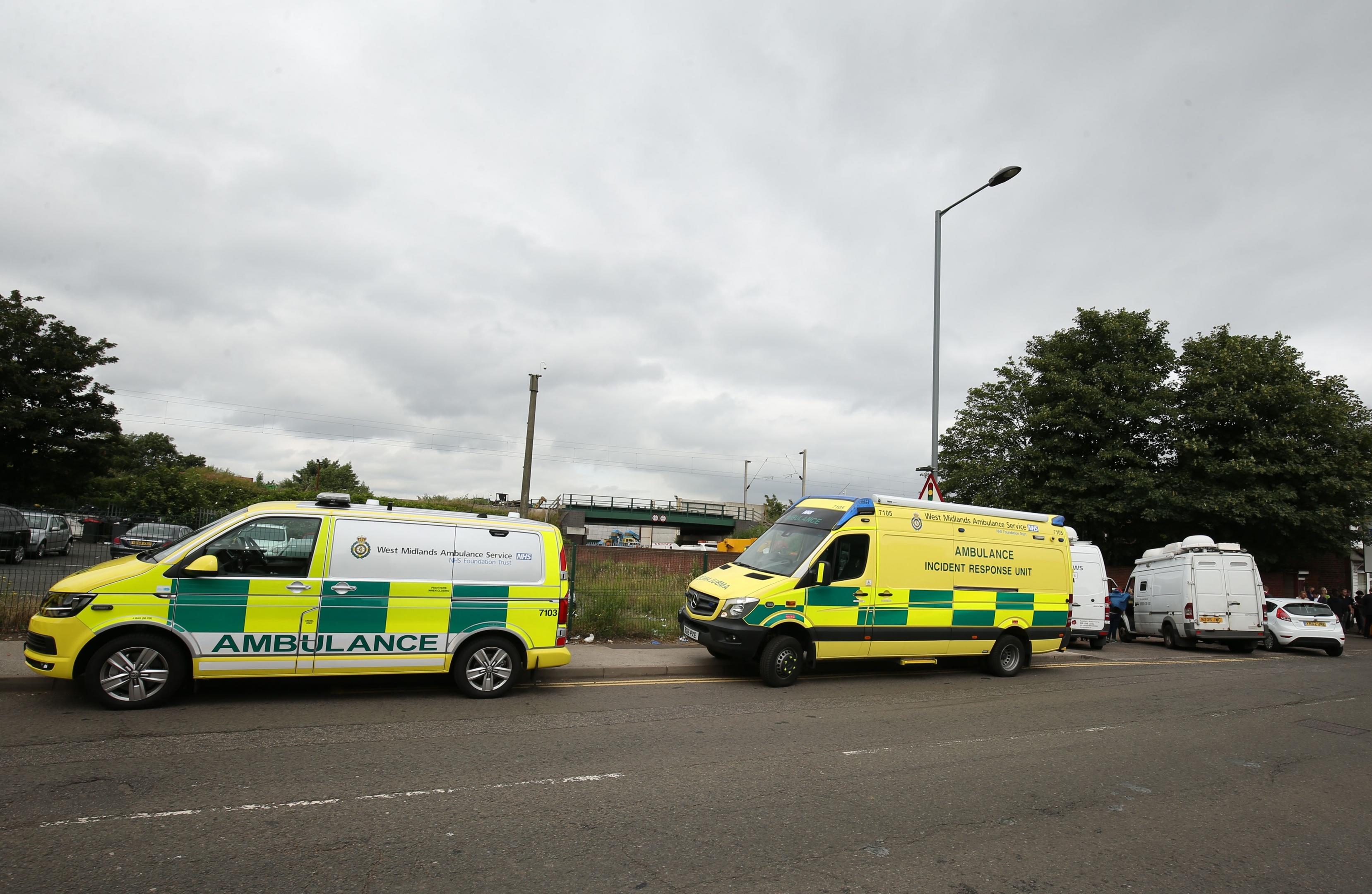
Google has created a new location service for Android users that more accurately pinpoints a user’s location so the emergency services can find them more quickly.
Called the Emergency Location Service, it has already been introduced in the UK and is supported by some of the biggest mobile networks – kicking in when an Android smartphone user makes an emergency call from their device.
Once an emergency call is made, the new system is able to use Wi-Fi, GPS and mobile signal towers to produce a more reliable location either indoors or outdoors.
Google said the feature is solely for the use of emergency services, and the precise location is never seen or even handled by Google.
“When emergency services get a call, they need to know the caller’s location to send help and save lives. Today, over 70% of calls to emergency services come from mobile phones, but locating these mobile callers can be a major issue,” Google’s Akshay Kannan wrote in a blog post on the new feature.
“Current emergency solutions rely on cell tower location (which can have a radius of up to several kilometres) or assisted GPS (which can fail indoors).
“Accurate emergency location can be the difference between life and death. In fact, the US Federal Communications Commission estimates ‘an improved location accuracy which results in reducing wireless E911 response time by one minute can result in saving over 10,000 lives annually’.”
The blog post added that as well as the UK, the service was already active in Estonia – with plans to roll it out “internationally” in place.
READ MORE
Video: Watch self-driving Google car crash into bus
NSPCC warns parents that children left home alone face higher risk of injury

Enjoy the convenience of having The Sunday Post delivered as a digital ePaper straight to your smartphone, tablet or computer.
Subscribe for only £5.49 a month and enjoy all the benefits of the printed paper as a digital replica.
Subscribe
